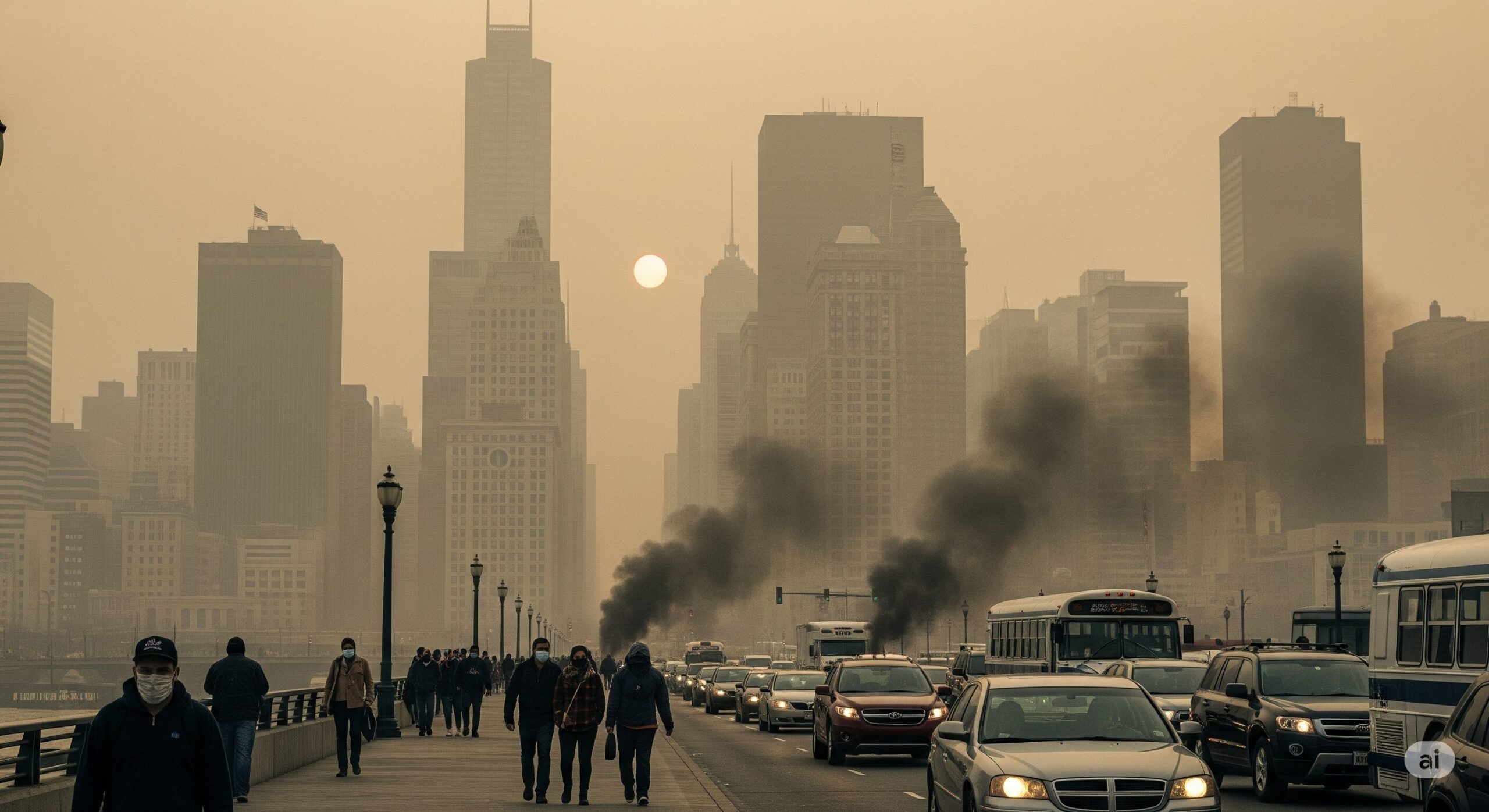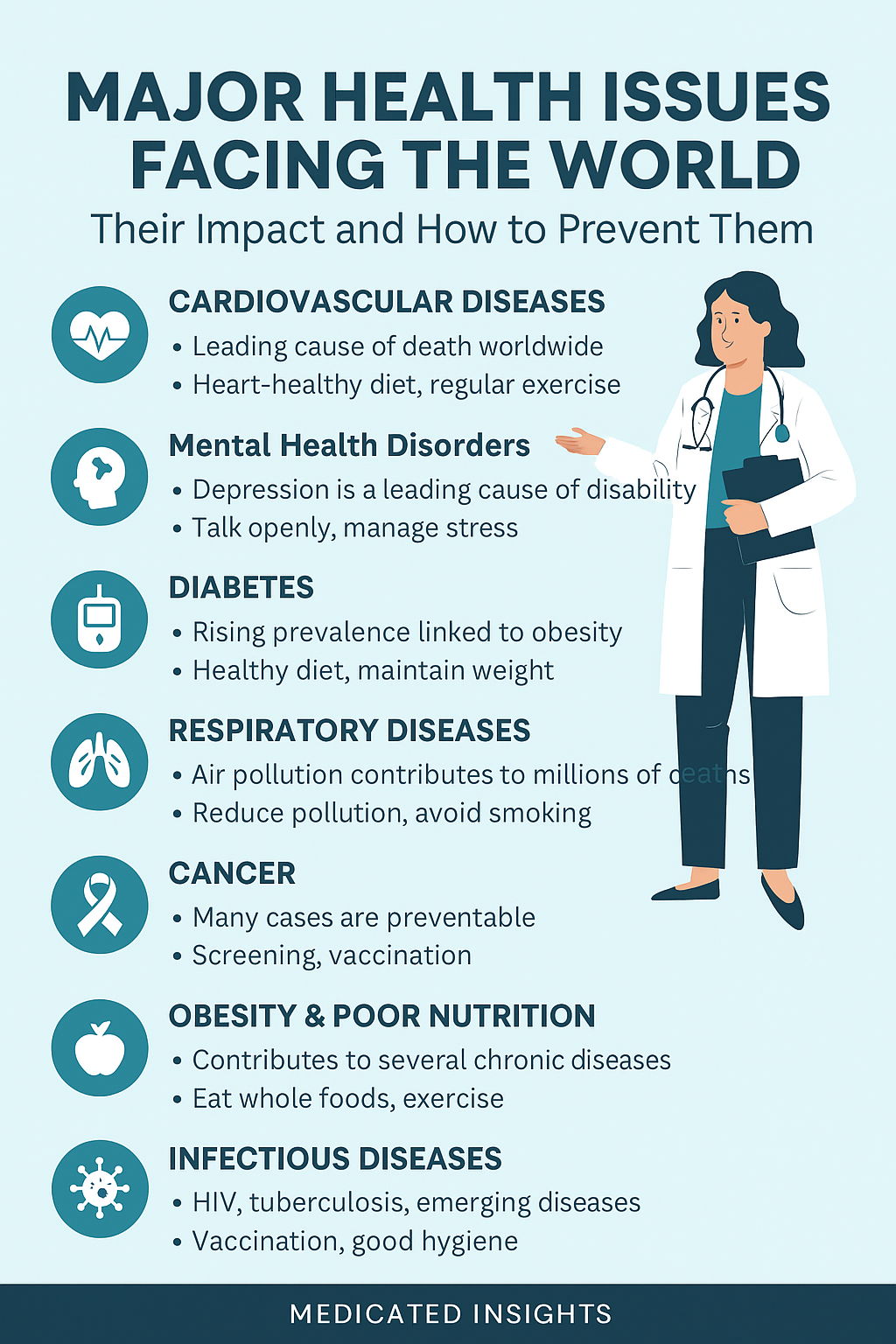Air pollution is an invisible but powerful threat in many US cities, quietly impacting millions of people every day. While most residents notice traffic congestion, smog, or seasonal haze, the harmful effects of pollutants on respiratory health often go unnoticed until symptoms appear. For urban communities, poor air quality is not just an environmental issue — it’s a public health crisis.
The Growing Problem of Air Pollution in US Cities
Urbanization has led to increased industrial activity, dense traffic, and rising construction projects. These changes have made air pollution an unavoidable reality in many parts of the country.
Major pollutants include:
-
Particulate Matter (PM2.5 and PM10): Tiny airborne particles that penetrate deep into the lungs.
-
Nitrogen Dioxide (NO₂): Emitted mostly by vehicles and industrial processes.
-
Ground-Level Ozone: Formed when sunlight reacts with emissions from cars, factories, and other sources.
-
Sulfur Dioxide (SO₂): Produced by burning fossil fuels in power plants and industrial facilities.
According to the American Lung Association, nearly 40% of Americans live in areas with unhealthy levels of air pollution. Cities like Los Angeles, Phoenix, and Houston consistently rank high in ozone pollution, while others like Pittsburgh and Bakersfield struggle with high particulate matter levels.
How Air Pollution Damages Respiratory Health
The human respiratory system is designed to filter and process air, but it cannot fully protect against microscopic pollutants. When inhaled, these particles can:
-
Irritate the lining of the lungs and airways
-
Cause inflammation and scarring of lung tissue
-
Reduce lung function over time
-
Increase vulnerability to infections like pneumonia
Short-Term Effects
Even short exposure to polluted air can trigger coughing, throat irritation, and breathing difficulties, especially for sensitive groups like children, the elderly, and those with asthma.
Long-Term Effects
Chronic exposure can lead to:
-
Asthma development or worsening
-
Chronic obstructive pulmonary disease (COPD)
-
Increased risk of lung cancer
-
Permanent reduction in lung capacity
Children and Seniors Are Most at Risk
Children breathe faster and inhale more air relative to their body weight than adults, making them more susceptible to pollutants. Studies have shown that children living in high-pollution areas have slower lung development and higher asthma rates.
For seniors, weakened immune systems and existing health conditions like heart disease or diabetes can make the impact of poor air quality even more dangerous.
Urban Lifestyle Factors That Worsen the Problem
City life often brings added risk factors:
-
High Traffic Exposure: Living near highways or busy intersections increases daily inhalation of vehicle exhaust.
-
Indoor Air Pollution: Poor ventilation, cooking emissions, and secondhand smoke add to the burden.
-
Lack of Green Spaces: Trees and plants help filter pollutants, but many cities have limited greenery.
Seasonal and Climate-Driven Changes
Air pollution is not the same year-round. In summer, ozone levels spike due to high temperatures and sunlight. In winter, wood-burning stoves, heating emissions, and stagnant air can trap pollution close to the ground, creating dangerous smog.
Wildfire smoke has also become a major contributor in recent years, especially in states like California, Oregon, and Washington. These smoke events can push particulate matter levels far above safe limits for days or even weeks.
Protecting Yourself and Your Family
While you can’t control outdoor air quality, you can take practical steps to reduce exposure:
-
Check Air Quality Index (AQI): Websites and apps provide daily pollution levels. Avoid strenuous outdoor activities when AQI is poor.
-
Use Air Purifiers at Home: HEPA filters can remove fine particles from indoor air.
-
Seal Windows and Doors: Prevent outdoor pollution from seeping indoors during high-pollution days.
-
Wear a Mask: N95 or KN95 masks can help filter harmful particles.
-
Support Green Spaces: Participate in urban tree-planting and environmental initiatives.
Community and Policy Solutions
Reducing urban air pollution requires systemic change. City governments and policymakers play a critical role by:
-
Implementing stricter emissions standards for vehicles and industries
-
Expanding public transportation to reduce car dependency
-
Promoting renewable energy over coal and oil
-
Investing in urban greenery and green rooftops
Public awareness campaigns can also help residents understand the risks and take preventive measures.
The Link Between Air Pollution and Other Health Issues
Air pollution doesn’t just harm the lungs — it affects the entire body. Studies show a strong link between poor air quality and cardiovascular disease, stroke, and even cognitive decline. This makes it a broader public health issue that goes far beyond breathing problems.
A Shared Responsibility
Urban air pollution is both a local and global problem. While individual actions matter, collective efforts — from city planning to community advocacy — are necessary to make a lasting impact. Cleaner air means healthier communities, stronger economies, and better quality of life for everyone.





